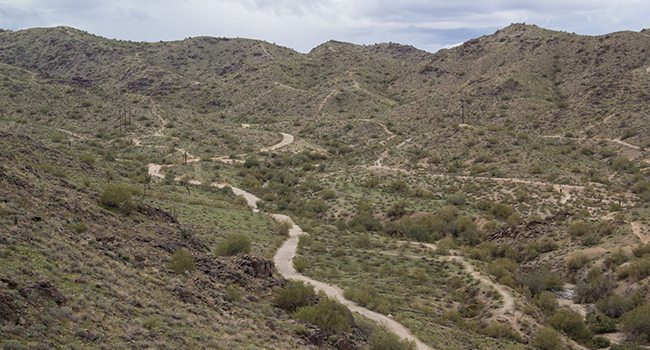Newly released data from The Trust for Public land shows that public spending on parks in the 100 largest U.S. cities increased by 6% in 2018, from $7.1 billion in 2017 to $7.5 billion this year. Combined with $500 million from public/private park partnerships, total park spending totaled $8 billion in this last fiscal year. The 2018 City Park Facts report also reveals an increased investment in certain park features over the last year including a 22% increase in community gardens, a 69% increase in pickleball courts, and a 35% increase in splash pads. Still, there is significant work to be done to provide access to parks, as 30% of people do not live within a 10-minute walk of a park.
“Everyone deserves a great park within a 10-minute walk of home,” said Diane Regas, president and CEO of The Trust for Public Land. “Sound research and data are necessary tools for increasing access to parks, so that every person—regardless of their income, race or zip code—can experience the immense benefits that parks provide.”
Arizona compares well with other states:
• Phoenix has one Top 10 ranking. Phoenix has the second-largest city park, South Mountain Park and Preserve.
• 26% of residents of Gilbert live within a 10-minute walk of a park and the median park size is 6.9 acres.
• 64% of Mesa residents live within a 10-minute walk of a park and the median park size is 2.8 acres.
• Glendale has one top ten ranking. Glendale is ranked first in volleyball nets.
• Scottsdale has five Top 10 rankings. Scottsdale has the largest city park, the McDowell Sonoran Preserve. Scottsdale is tie for sixth for parkland percentage with 25%. Scottsdale is ranked second in trail miles, sixth in volleyball nets and seventh in golf courses.
• Chandler has one Top 10 ranking. Chandler is ranked fourth in volleyball nets.
The Trust for Public Land is leading a national movement to ensure that everyone has access to a great park within a 10-minute walk of home. City Park Facts, published annually since 2010, is a tool for both park professionals and advocates alike. By tracking where park investment is occurring, the report empowers residents and park officials to advocate for resources and amenities to better serve their community. The data in City Park Facts supplements The Trust for Public Land’s annual ParkScore® index, which ranks parks systems in the 100 largest U.S. cities.
As the report also shows, volunteers make a huge contribution to our public parks, donating 16.9 million hours in 2018. Volunteers perform a wide variety of tasks, from assisting with recreation programs to coaching teams to weeding, planting, and watering. The cities with the most park volunteer hours are Los Angeles, New York, San Francisco, Jacksonville, and San Diego.
Splashpads—which are increasingly including water-saving features—are one of the fastest growing amenities in the 100 largest U.S. cities, up 35% from 2017 to 1,797 in 2018. Cities with the most splashpads per capita are Louisville, Cleveland, Boston, New York, and Chicago.
Pickleball courts are another fast growing amenity, with 708 courts in public parks, up 69% from 2017. The sport, played with inexpensive rackets and a “whiffle-like” ball, is popular with all ages, especially seniors. The cities with the most pickleball courts per capita are Seattle, St. Paul, Madison, Virginia Beach, and Omaha.
Community garden plots located in public parks number 29,251, up 22% from 2017, making them another of the fastest growing park amenities. Top cities for community gardens per capita are St. Paul, Portland, Washington, DC, Madison, and Louisville.
To view the full 2018 City Park Facts report, please visit: https://www.tpl.org/10minutewalk




